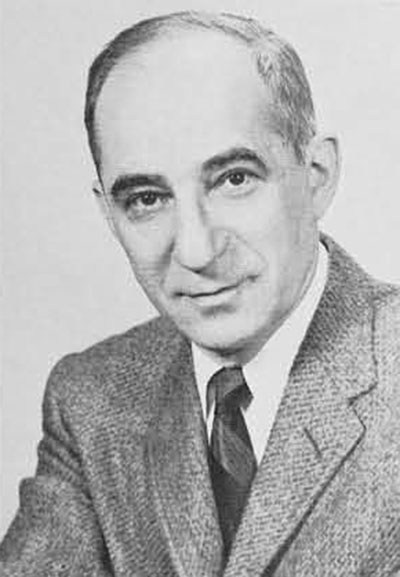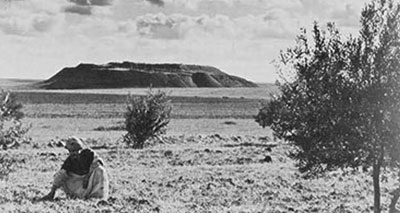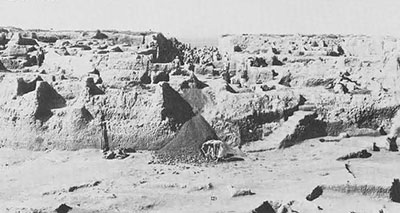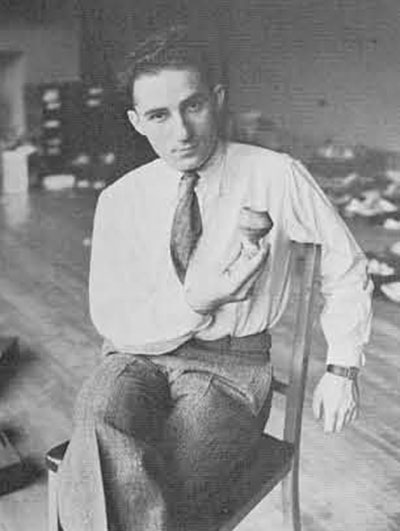
On June 15, 1965, Ephraim Avigdor Speiser, creative scholar, inspiring teacher, gifted writer, died in his Elkins Park home in Philadelphia. For over forty years he was connected in one way or another with the University of Pennsylvania, and for close to twenty years he was chairman of its Department of Oriental Studies. His scholarly contributions are many and diverse, over 150 items in all, and range over a vast spectrum of Near Eastern studies, ancient and modern: linguistics, history, culture, sociology, Bible, and, it is worth stressing, archaeology. For Speiser was not just an arm-chair scholar; indeed in some respects it as an archaeologist that he made his most significant and enduring contribution to the history and culture of the Near East. There is one ancient mound in northern Mesopotamia–Tepe Gawra, “The Great Mound,” some 15 miles north of modern Mosul–that will ever stand as a befitting and imposing monument to Speiser’s name: it was Speiser who discovered it, and realized its revolutionary implications for the pre-history of the Near East; it was he who persuaded the University Museum to become one of the leading sponsors of the excavations; he was, himself in charge of several of the excavating campaigns, and played a leading role in the publication, interpretation, and evaluation of its archaeological finds.


Tepe Gawra, when Speiser first saw it in 1927, and selected it for a brief two-weeks probative excavation, was seventy feet high, a landmark towering over the surrounding plain, but totally unknown to the world at large–it could not be found even on the more detailed military maps. Eleven years later, as a result of the excavations conducted by Speiser and his associates, more than three-quarters of it had been physically removed and dumped in the nearby plain. Removed but not lost and forgotten; its temples, buildings, tombs, and artifacts have been transferred to the museum and the printed page, and are used by virtually all Near Eastern archaeologists and scholars as a cultural and chronological touchstone in connection with their own researches.
 Twenty-six levels of occupation were uncovered at Tepe Gawra, ranging in time from about 4500 B.C. to 1500 B.C., and covering almost all the known periods of Mesopotamian history and pre-history; Halafian, Ubaidian, Uruk, Jemdet Nasr, Early Dynastic, Old Assyrian, and Hurrian. As a result there is no archaeological publication related to the Near East that does not utilize in one way or another Tepe Gawra’s architecture and burial customs, its pottery and terra cottas, its seals and seal impressions, its implements of stone, metal, and bone, its beads and pendants.
Twenty-six levels of occupation were uncovered at Tepe Gawra, ranging in time from about 4500 B.C. to 1500 B.C., and covering almost all the known periods of Mesopotamian history and pre-history; Halafian, Ubaidian, Uruk, Jemdet Nasr, Early Dynastic, Old Assyrian, and Hurrian. As a result there is no archaeological publication related to the Near East that does not utilize in one way or another Tepe Gawra’s architecture and burial customs, its pottery and terra cottas, its seals and seal impressions, its implements of stone, metal, and bone, its beads and pendants.

Tepe Gawra is not the only mound with which Speiser’s name has become closely associated. In 1930 he began excavations at Tell Billah, a few miles to the east of Tepe Gawra, a mound which, as he rightly judged from the surface finds, continued the cultural history of Northern Mesopotamia where the prehistoric Tepe Gawra left off. And in 1936 he persuaded the University Museum to take over from the Oriental Institute of the University of Chicago, the excavations at Khafajeh, an important site in central Mesopotamia. Some of the finest Sumerian statuettes in the University Museum came from these Khafajeh excavations, which but for Speiser’s interest and concern would never have taken place.
